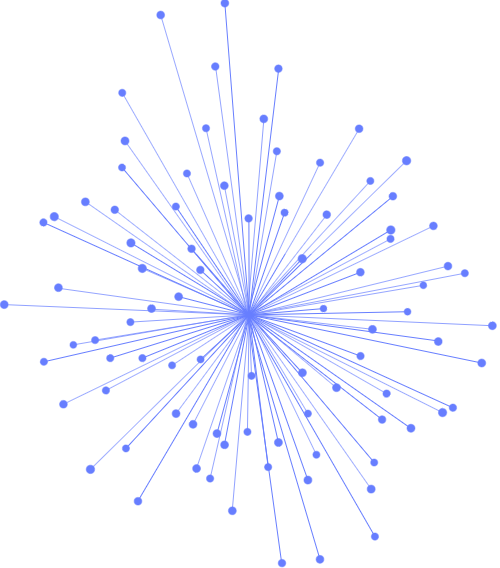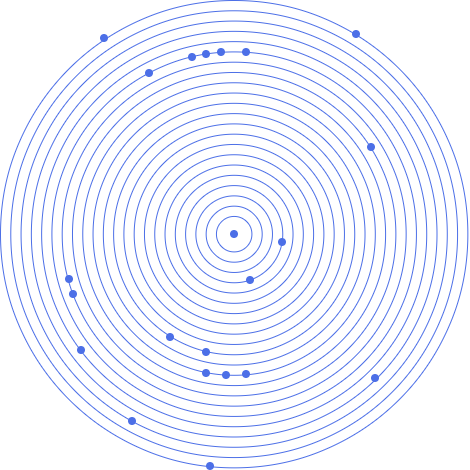
"Our tailored course provided a well-rounded introduction and also covered some intermediate-level topics that we needed to know." Brian Leek, Data Analyst, May 2022








One of the most important steps toward a fast program is profiling to find out where your program spends its time. There are several tools for Python that help you to quantify the run times of your program. The course gives introduction to this topic.
Often the best speed improvements can be achieved by finding a better algorithm. Python offers several data structures that come with efficient algorithms. The course gives an overview of common Python data structures and the run time complexity.
Python comes with the multiprocessing module that allows to distribute calculation over several processes and this way parallelize applications. Its API is closed model after that of the threading module. You will learn how to use multiprocessing.
There are many libraries for Python to do distributed programming for clusters or networked computers. Pyro is a very mature solution. The course introduces version 4 with some examples.
Python is very good glue language to connect existing systems. There is a long tradition to write modules in other languages. There are also some newer developments that increase the usefulness of Python HPC computing. The course presents some of them.
Numba is a new module that still undergoes considerable changes. It allows to compile pure Python code in to machine code via the LLVM. This means, many pure Python algorithms can run as fast as if they would have been written in C. The course shows how numba works and presents some implementations of algorithms.
PyPy is a different implementation that has a Just-in-Time-Complier (JIT). It is full Python 2.7 compliant implementation that has several very innovative features. The course introduces to the work with PyPy.
Wrapping existing Fortran programs becomes much simpler with f2py. You will learn how to use f2py to wrap Fortran programs. Furthermore, the course covers accessing common memory in Fortran modules and calling Python functions from wrapped Fortran.
The library NumPy is the defacto standard for the work with arrays. You will get a solid introduction to NumPy and learn some of its more advanced features.
Array construction and array properties
Data types
Slicing and broadcasting
Universal functions
Masked arrays
Customizing error handling
Testing NumPy programs
A look into the implementation of ndarrays
Working with ndarrays from C
Numexpr can evaluate numerical expressions such as 5 * a + 3 * b - 2 * c. The evaluations, especially of complex expressions, are faster and use less memory than using NumPy calculations of these exprssiosn.
Numexpr can run evaluation in parallel using multiple cores. It also supports the Math Kernel Library (MKL) for even more speed improvements.
Examples of algorithms in NumPy and solutions in SciPy showcase solutions for common numerical problems

Programmers, scientists, and engineers with a basic to intermediate understanding of Python.
This course is ideal for those looking to enhance their computational skills and can be paired with introductory courses for a comprehensive learning experience.

"Our tailored course provided a well-rounded introduction and also covered some intermediate-level topics that we needed to know." Brian Leek, Data Analyst, May 2022

Sign up for the JBI Training newsletter to receive technology tips directly from our instructors - Analytics, AI, ML, DevOps, Web, Backend and Security.
Python is a versatile programming language, though it is often perceived as slow for computational tasks. While this can be true for pure Python, numerous tools and libraries exist that enable Python to achieve performance close to that of C or other compiled languages.
These tools allow you to retain the ease and flexibility of Python, enabling you to focus more on experimenting with algorithms rather than dealing with the complexities of lower-level languages.
This course provides an overview of key tools and libraries for efficient computation in Python. It covers the most commonly used tools and offers practical guidance for getting started with High-Performance Computing (HPC) in Python
What Can You Discover About Python in Our Course?
If you've got questions about python, don't worry, you're not alone. Whether you're new to programming or an enthusiast looking to level up your skills, figuring out where to begin with python can seem challenging. This is why our "Python training" is designed to answer all your questions. Yep, you read that right. Our Python course is more than just a series of lectures, it's a learning journey where you, along with other python aficionados, will get the chance to explore python's world-class features. From understanding basic data types to looking into python's aggregated types, from diving deeper into flow controls and functions to coding larger programs and modularisation, we've got it all. But there's more! Test driven development and agile methodology are also part of the deal, taking your python training to even greater heights. Lastly, our "Python course" also covers robust coding with exception handling and uncovers the potential of file handling, providing an all-round python learning experience that's simply unmatched.
What Are The Requirements for Learning Python?
The key requirements for learning Python are having a computer with internet access, patience and persistence, and adequate time to practice coding. You'll need a computer (Windows, Mac, or Linux) to install Python along with coding tools like text editors or IDEs for writing code. No prior coding experience is required, as Python is beginner-friendly. However, you should have the motivation to learn, as well as patience when faced with challenges or errors. Learning coding involves a lot of problem-solving! It's recommended to put around 8-10 hours per week into hands-on Python study and coding projects to progress at a good pace. With the right mindset and practice time, anyone can learn Python.
How Quickly Can Python Be Learned?
While you can learn basic Python syntax and constructs in a matter of weeks, becoming an expert in Python will take months of dedicated practice. In 20 days of consistent learning, it's feasible to gain elementary Python skills including variables, data types, functions, loops, and basic object-oriented programming. You could build simple scripts and programs. However, mastering Python skills for professional coding or advanced projects will require more extensive, (especially python for programmers) long-term practice in building larger applications. There are many deep nuances within learning Python libraries and frameworks that take time to understand. Be patient, code daily in Python, and continually expand your skills by taking on new challenges. While you can code basic Python in 20 days, treat learning Python as an ongoing journey.
What are some of the things I Wish I Knew When Starting Python?
When starting out and learning Python, there are some key things I wish I had known. First, Python has an incredibly helpful, active online community full of documentation and forums to aid troubleshooting. I wish I had leveraged those resources earlier when facing coding challenges. Second, I should have started using virtual environments from the beginning to avoid version conflicts between Python projects. Another thing is the importance of clean, well-organised code and comments - this makes code so much easier to maintain and upgrade. I also underestimated how vital daily hands-on coding practice is for retaining concepts and progressing. Finally, I wish I fully realised the many domains Python can be applied to like web development, data analysis, DevOps, Machine Learning, and so much more. Learning Python opens many doors!
CONTACT
+44 (0)20 8446 7555
Copyright © 2025 JBI Training. All Rights Reserved.
JB International Training Ltd - Company Registration Number: 08458005
Registered Address: Wohl Enterprise Hub, 2B Redbourne Avenue, London, N3 2BS
Modern Slavery Statement & Corporate Policies | Terms & Conditions | Contact Us
POPULAR
AI training courses CoPilot training course
Threat modelling training course Python for data analysts training course
Power BI training course Machine Learning training course
Spring Boot Microservices training course Terraform training course